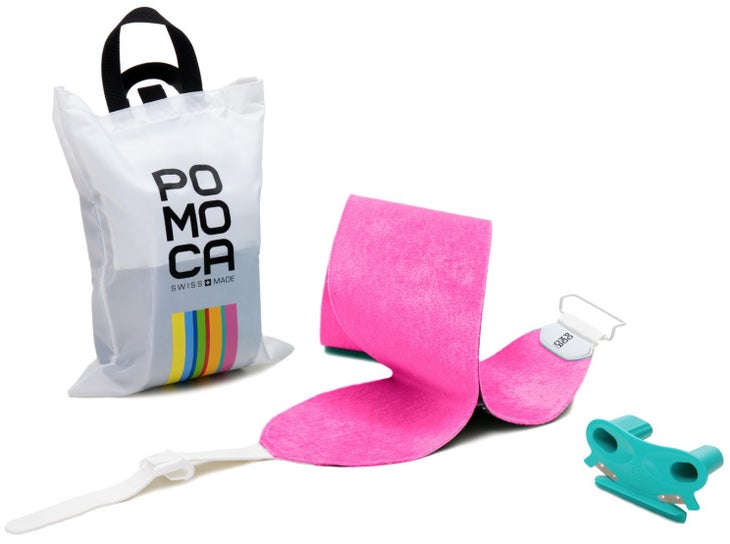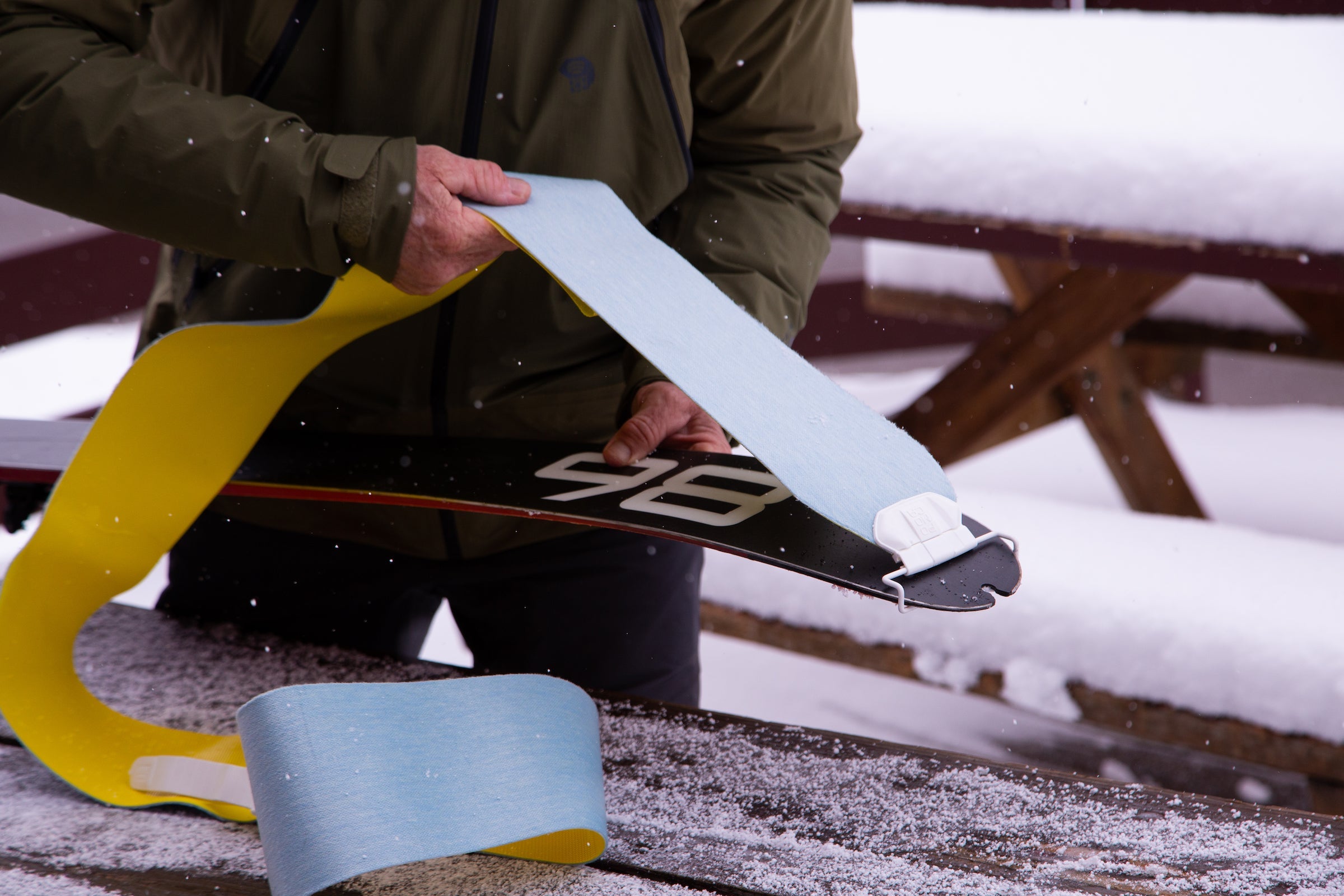If you’re a resort skier looking to dip a toe into ski touring or backcountry skiing, you’ll first need to pick up some specialty equipment. At the top of that gear list (after avalanche beacon, shovel, probe) is climbing skins. If you’re planning to earn your turns, you’ll need to get up to get down, and the only way to “ski” uphill is with skins attached to your skis.
Related:
These days, you’ll find a variety of climbing skins on the market, and while they’ll all get you to the top of the hill in some fashion or another, they’re not all created equal. Different materials and blends of plush, glue, and backing materials create a wide range of climbing skin options tailored to how much grip, glide, packability, and durability you’re looking for.
“Skins should be the silent hero of your day,” says skin manufacturer Pomoca’s Ross Herr. “When they’re working well you never think about them, but when they don’t, it can really risk your safety (and fun).”
Shopping for climbing skins may not be as exciting as hunting for your backcountry skis or boots, but take it from those of us who have learned the hard way—the right pair of climbing skins can make a huge difference in your backcountry ski day, and it’s worth taking the time to figure out which skins are right for your ski touring ambitions.
Pro tip: Unless you’re buying pre-cut skins, it’s worth noting that you’ll want to order the skin width that corresponds to the widest part of your ski (almost always the shovel) so that you can cut them down for a precise fit.
3 Types of Climbing Skins

������Dz���
Nylon skins are the grippiest and most durable, if not the heaviest and bulkiest skins out there. If you’re less confident on your feet in the backcountry, nylon underfoot will provide the most reliable grip on steep, challenging skintracks. Plus, nylon skins last forever. You’ll sacrifice a little bit in terms of weight and packability (it’s harder to fold up nylon skins and stuff them into your jacket), but many skiers find the grip and durability benefits outweigh the added bulk.
Our pick: We love the
Mohair
If glide and efficiency is all you’re after, mohair is king of the hill. Made from the hair of Angora goats, mohair consists of long, smooth fibers that far outweigh the glide from nylon. You’ll sacrifice durability and a little bit of grip compared to skins with nylon in them, but for certain scenarios, the tradeoff can be worth it.
Our pick: The are a favorite for speed demons because they’re lightweight, packable, and quick on the uptrack, though you do sacrifice durability.
Mohair/Nylon Blend
Unsurprisingly, skins that blend mohair and nylon are the top choice for most backcountry skiers out there because they combine the efficiency and glide of mohair with the grip and durability of nylon. These skins are still quite packable, last multiple seasons without compromising the plush, and feel solid underfoot while climbing—an ideal compromise for most.
Our picks:
The 70 percent mohair and 30 percent nylon are the go-to for diehard backcountry skiers like Hoji and Cody Townsend for their balance of grip/glide performance, packability, and durability (though they’re not as durable as the Pomoca , which has a thicker backing and slightly lower price point). But if you’re primarily hunting for powder in the backcountry, looking for skins that fold up nice and small, and not worried about scratching around on melt-freeze crusts, the Free Pro 2.0 is hard to beat.
The , which is 65 percent mohair and 35 percent nylon, is another great option in the mohair/nylon blend department. These skins are slightly more durable because of their higher nylon content, and still offer an excellent balance between grip and glide.


